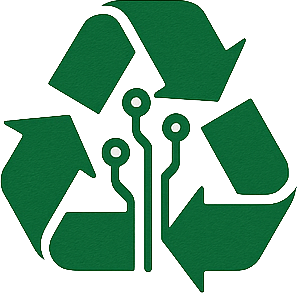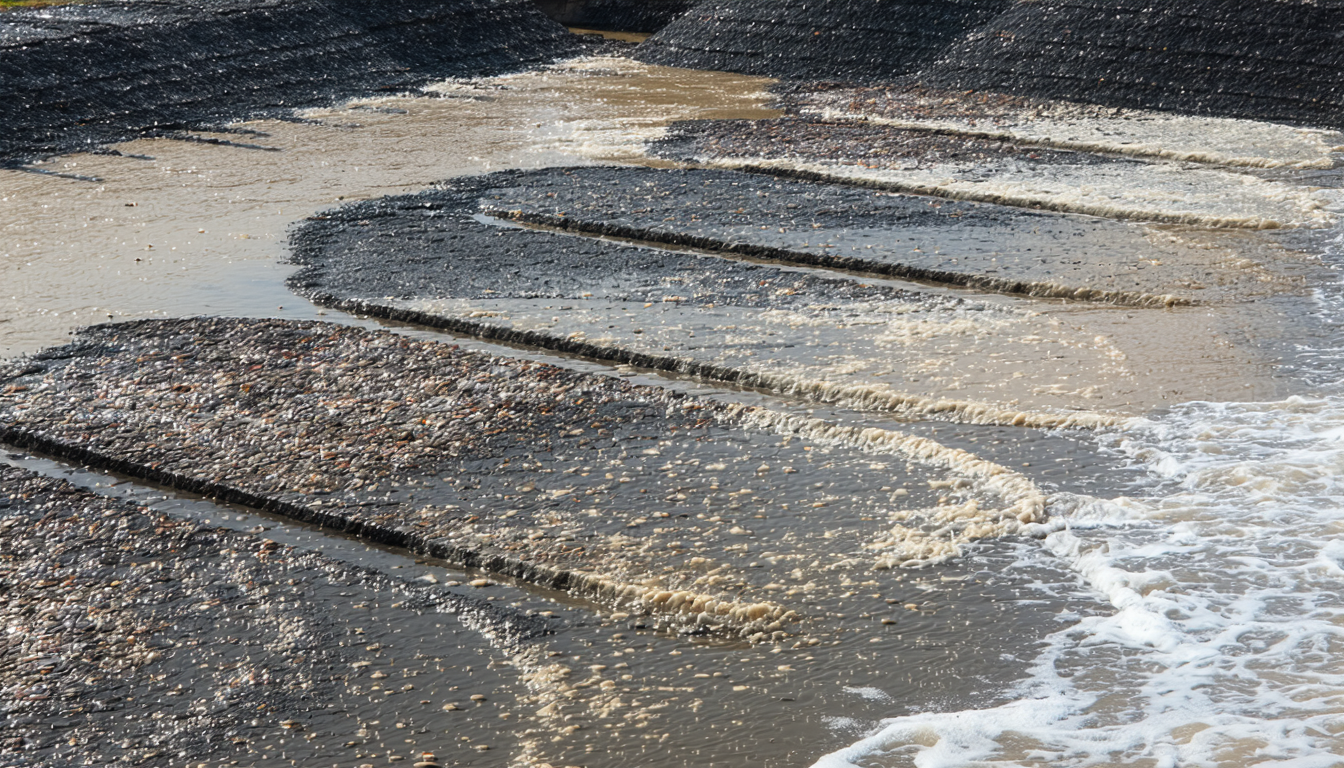In the United States, the management of liquid waste disposal has emerged as a pressing environmental and public health concern. With industrial growth and urbanization accelerating, improper handling of liquid waste—ranging from industrial effluents to household sewage—poses significant risks to ecosystems and communities. This article delves into the latest developments in liquid waste disposal, exploring regulatory updates, technological innovations, and their broader implications for stakeholders across the nation. From new federal guidelines to cutting-edge treatment solutions, here’s what you need to know about this critical issue.
The Growing Crisis of Liquid Waste in America
Liquid waste disposal encompasses a wide range of materials, including wastewater from households, chemical runoff from industries, and hazardous liquids from medical facilities. According to the Environmental Protection Agency (EPA), over 850 billion gallons of untreated wastewater are discharged into U.S. water bodies annually due to aging infrastructure and inadequate treatment systems. This alarming statistic highlights the urgent need for improved management practices.
The consequences of mismanagement are severe. Contaminated water sources threaten aquatic life, disrupt food chains, and endanger human health through exposure to pathogens and toxic substances. Communities near industrial zones are particularly vulnerable, often facing higher rates of waterborne diseases.
Recent Regulatory Updates on Liquid Waste Disposal
In 2023, the EPA introduced stricter guidelines under the Clean Water Act to address liquid waste disposal challenges. These regulations mandate industries to adopt advanced filtration systems and report discharge levels quarterly. Non-compliance can result in hefty fines, with penalties reaching up to $50,000 per violation per day.
According to Dr. Emily Harper, an environmental policy expert at Stanford University, “These new rules are a step forward, but enforcement remains a challenge. Many small businesses lack the resources to upgrade their systems overnight.” While the intent is to safeguard water quality, critics argue that the financial burden may disproportionately affect smaller enterprises.
Technological Innovations Driving Change
Amid regulatory pressures, technology offers hope for sustainable liquid waste disposal. Innovations like membrane bioreactors and advanced oxidation processes are gaining traction for their ability to treat complex waste streams effectively. A recent report by the Water Environment Federation noted that adoption of such technologies has increased by 15% since 2021 among U.S. wastewater treatment plants.
For instance, a pilot project in California successfully reduced industrial effluent toxicity by 80% using nanotechnology-based filters. Such breakthroughs could redefine waste management if scaled nationwide. However, high initial costs remain a barrier for widespread implementation.
Impact on Stakeholders and Communities
The ripple effects of liquid waste disposal issues touch various groups. Municipalities struggle with aging sewer systems, often dating back decades, which fail during heavy rains, leading to overflows. The American Society of Civil Engineers estimates that upgrading these systems could cost over $1 trillion by 2030.
Industries face dual pressures of compliance and public scrutiny. Meanwhile, environmental activists advocate for stricter oversight, emphasizing that clean water is a fundamental right. Balancing economic growth with ecological responsibility remains a delicate task for policymakers.
Future Outlook and Potential Solutions
Looking ahead, experts predict that liquid waste disposal will remain a focal point of environmental policy in the U.S. Climate change exacerbates the issue by increasing storm frequency, which overwhelms existing infrastructure. Collaborative efforts between government bodies, private sectors, and research institutions are essential to drive innovation and funding.
One proposed solution is public-private partnerships to finance infrastructure upgrades. Additionally, educating communities about reducing household waste can alleviate pressure on treatment facilities. As Dr. Harper notes, “Sustainable change requires collective action—every stakeholder has a role to play.”
The debate over regulation versus innovation continues. Some argue for heavier penalties to deter polluters, while others push for incentives to adopt green technologies. A balanced approach that addresses both immediate risks and long-term goals is likely the most viable path forward.
Conclusion
Liquid waste disposal stands as a critical challenge for the United States, intertwining environmental, economic, and social dimensions. With new EPA regulations setting stricter standards and technology offering promising solutions, there is potential for meaningful progress. However, overcoming financial hurdles and ensuring equitable impact across industries and communities will be key. As the nation grapples with this issue, sustained commitment from all sectors will determine whether clean water remains an achievable reality for future generations.
Frequently Asked Questions (FAQs)
1. What is liquid waste disposal?
Liquid waste disposal refers to the process of managing and treating liquid byproducts such as wastewater, industrial effluents, and hazardous liquids to prevent environmental contamination and protect public health.
2. Why is liquid waste disposal a problem in the U.S.?
Aging infrastructure, increasing industrial output, and insufficient treatment capacity lead to untreated waste entering water bodies. This contaminates drinking water sources and harms ecosystems.
3. What are the latest regulations on liquid waste in the U.S.?
In 2023, the EPA updated the Clean Water Act guidelines, requiring industries to use advanced filtration systems and report discharges regularly to minimize pollution.
4. How can technology help with liquid waste management?
Innovations like membrane bioreactors and nanotechnology-based filters can treat complex waste more effectively, reducing toxicity and improving water quality for reuse or safe discharge.
5. What can individuals do to support better liquid waste disposal?
Households can reduce water usage, avoid flushing harmful substances like chemicals or medications down drains, and support local initiatives for infrastructure improvements.





